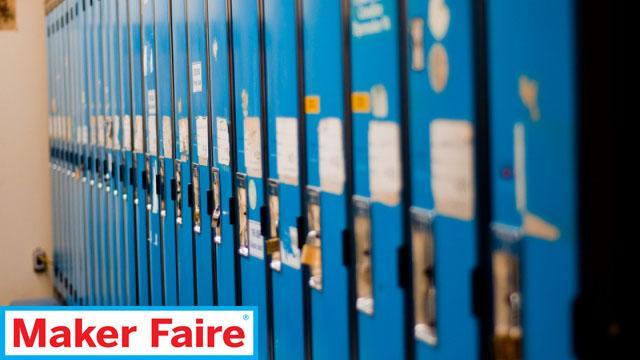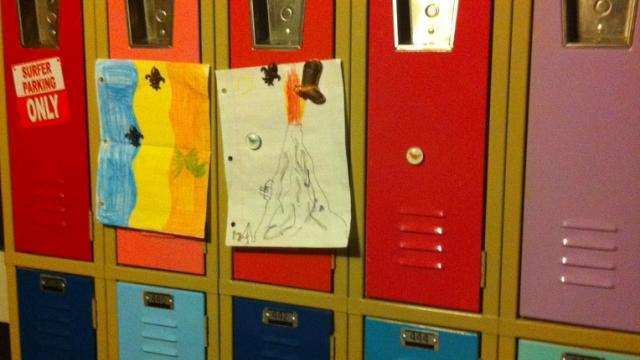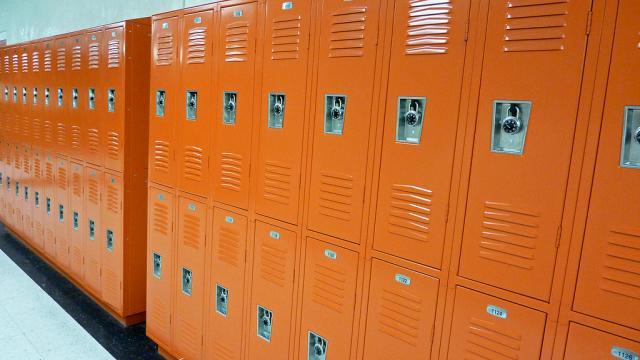The goal of this project is to design a new school locker that will be comfortable, affordable, and efficient.
Today's school lockers cause the dissatisfaction of many students. First, we defined the problem. The school lockers were too small and inefficient to use. Also, the locker was plain and undecorated. Then, we brainstormed all of the possible answers to the above problems. By brainstorming ideas, we came up with a design for a school locker. The new locker will be a different shape and will be more efficient than our current school lockers. Finally, we made the prototype. By following the steps of the design process, we developed an efficient, decorated, and easy-to-use locker.
Mark Zhurauliov's work for the Collect Information step:
Summary
We viewed and listed all of the current features of our school lockers. Then, we measured the dimensions of a school locker and described its problems and constraints.
Our current lockers have three hooks, eleven vents, and an old combination lock. If you use one of...
The current dimensions of our lockers are 14 inches in length, 9 inches in width, and 24 inches in...
Currently, we store heavy books, backpacks, binders, and personal items (lunch bags, gym clothing...
Our current school lockers are made of metal like steel. The acute points of the locker can cause...
Mark Zhurauliov's work for the Brainstorm Ideas step:
Summary
Upon determining the constraints and needs of a locker, we brainstormed different ideas to address the problems. First, we brainstormed the shape of the locker.
Many students complained about the difficulty and inconvenience of opening a lock on a locker. In...
These are typical lockers found in the 900 hall of our school. The rest of the school has lockers...
In nature, bees use honeycombs to store honey. Usually, honeycombs are made in a hexagonal pattern...
This is a regular octagon with radius r, and side s. An octagon has eight sides and its volume is...
Mark Zhurauliov's work for the Develop Solutions step:
Summary
When we examined the old school locker, we noticed all of the problems associated with the design of the school lockers. Then, we used brainstroming to solve each problem individually.
This is our new locker design called "PolyStore," named for its extensive space. This new...














Comments
Please briefly explain your decision making and how you came up with the final design. Include a little bit about each stage of the process.